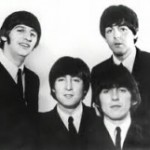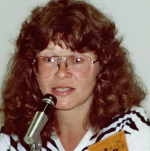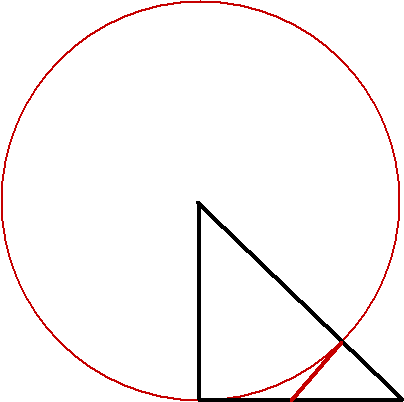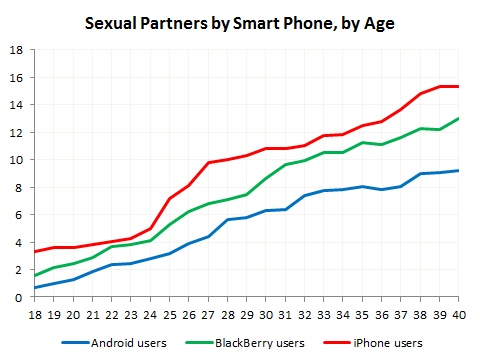 The other night at dinner, I was asked whether, when the Beatles came to the US in 1963, I had had any sense that something really big had happened.
The other night at dinner, I was asked whether, when the Beatles came to the US in 1963, I had had any sense that something really big had happened.
Well, I was pretty young in 1963, probably too young to think about such matters. I remember having little interest in the Beatles, but being being very aware that they were something very big. Everyone was aware of that. But unless I am mistaken, pretty much nobody realized that we were witnessing something really big and lasting. More generally, I doubt that anyone at the time had any inkling of the long-term significance of rock ‘n’ roll. We knew it was popular, but we had no idea it would change the world. I’m not sure that in 1963 anyone knew that it was possible for music to change the world.
This led to the more general question: How quickly are great cultural watersheds recognized for what they are? In the few areas I know something about, I think the answer is “usually pretty quickly”. I remember 1910 even less vividly than I remember 1963, but I am pretty sure that it wasn’t long between the appearance of The Love Song of J. Alfred Prufrock and the realization (at least among people who care about this sort of thing) that poetry had changed forever. In mathematics, at least in the past century (and I’m pretty sure for several centuries, or even millenia, before that), major paradigm shifts have generally been recognized very quickly. When a Serre or a Grothendieck upends the mathematical world, the mathematical world quickly knows it’s been upended.
Continue reading ‘Blind Spots’
 The death last week of the pathbreaking comic book artist Trina Robbins reminded me of an odd bit of history. Before she was a cartoonist, Robbins owned and operated a Lower East Side boutique called Broccoli, where all of the clothes were hand-made, the regular customers included (according to Wikipedia) Mama Cass, Donovan and David Crosby — and all of the merchandise was in Trina’s size, so that the store could double as her personal clothes closet.
The death last week of the pathbreaking comic book artist Trina Robbins reminded me of an odd bit of history. Before she was a cartoonist, Robbins owned and operated a Lower East Side boutique called Broccoli, where all of the clothes were hand-made, the regular customers included (according to Wikipedia) Mama Cass, Donovan and David Crosby — and all of the merchandise was in Trina’s size, so that the store could double as her personal clothes closet.












